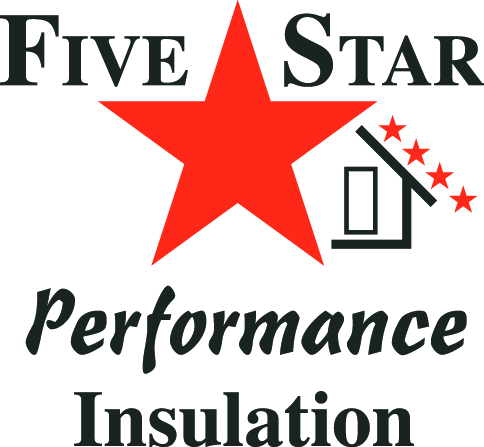Attic insulation regulates the temperatures in your home by preventing air loss and additional air from entering through the roof during winter and summer. A well-insulated and ventilated attic is vital for your home’s comfort and ensures your stay in the house is healthy and less expensive.
If the temperatures in your home are inconsistent, it would be best to consider adding blown-in attic insulation. Also, with several blown-in attic insulations, choosing the best blown in insulation for your attic that would perfectly fit your house needs is highly advisable. Here is what you need to know about blown-in attic insulation and the various blown-in attic insulation options.
Various Types of Blown-in Attic Insulations
You are probably wondering what is blown in insulation made of and what makes it different from other types of insulation. Blown-in insulation provides extra protection compared to other insulations because blown-in insulation has a blanket of loose-fill insulation that perfectly fits into different spaces in your attic.
Unlike other house insulations such as batt, blown-in insulation is relatively easy to maintain and repair since it can temporarily and quickly move. Also, it provides free access to several house infrastructures, such as wiring and lighting. Here are some of the common materials used for blown-in insulation:
- Fiberglass blown-in insulation: This is one of the best materials for blown-in insulation. It is made up of super-thin glass and flexible material. This type of insulation material works similarly to batt insulation. However, unlike batt insulation, fiberglass is usually cut into small pieces of different lengths and widths to travel through the hose for insulation.
- Cellulose: This type of insulation material is one of the oldest forms of insulation used in most homes back in the day. However, it is still used to date as a type of blown-in attic insulation. Cellulose comprises plant fibers and recycled papers treated with mold inhibitors and fire retardants.
Fiberglass and cellulose blown-in insulation materials have multiple benefits if professionally and properly installed in your attic. These benefits are highlighted as follows:
- Cellulose and fiberglass blown-in insulation materials limit heat flow, keeping your home comfortable.
- They both increase efficiency by lowering your energy bills, thus helping you save on money. If properly insulated, fiberglass and cellulose materials automatically reduce the formation of mold, ice dams, mildew growth and icicles that can be hazardous to your health.
The Installation Process of Blown-in Attic Insulation
Different types of blown-in attic insulations have different installation processes. However, there are vital factors to consider before progressing to the installation process. These factors include the pathway to the attic entrance, the type of insulation material and the ventilation system in the attic.
The first step in installing the blown-in attic insulation is determining the type of insulation you already have and how much insulation will be needed. The second step involves checking if your attic ventilation system is in good shape. Afterward, the insulation is installed until the optimal depth is reached.
Would You Be Interested in Having Blown-in Insulation in Your Attic?
Welcome to 5 Star Performance Insulation, Inc, an insulation-provider company based in California. We offer some of the most professional insulation services, including residential insulation, blown-in insulation and commercial insulation. Call us to access all your insulation needs.
